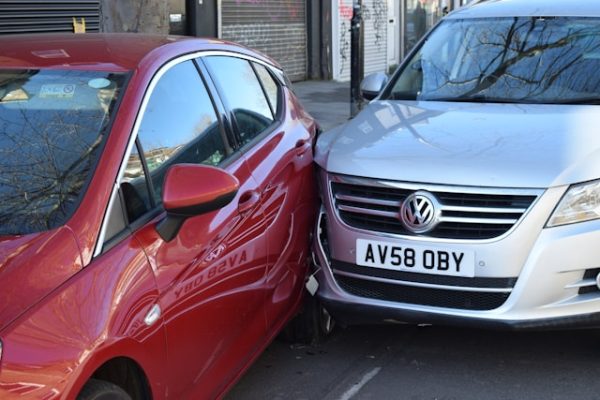Car accidents are the type of events that can change your life, and this is especially true in New Jersey, where busy highways and dense traffic patterns contribute to thousands of serious collisions annually. Each time they occur, the immediate follow-up is often litigation. Settlements for car accident claims that go to court are important for any car accident victim who is seeking justice and compensation.
This post is going to make this less complex, providing a walkthrough for each stage of the process. Working with an experienced car accident lawyer in New Jersey can help navigate these complicated legal procedures and ensure your rights are protected throughout the court process.
Filing the Claim
The lawsuit is the first step to settling your car accident claim in court. It all begins when the party that was injured, called the plaintiff, files a complaint with the court. The complaint describes what happened in the accident, what the damages were, and how much money is being requested. This complaint is served to the defendant – typically the other driver or their insurance provider – and the defendant must respond within a specified timeframe
Pre-Trial Process
Both sides undergo a pre-trial process before a court case begins. This phase includes discovery, during which both sides collect evidence to support their case. Such evidence could be in the form of police reports, medical records, and witness statements. Each party also conducts depositions, where witnesses and other parties are interviewed under oath. This phase helps in evaluating the evidence and assists both sides in determining the strength of their case.
Settlement Negotiations
Car accident claims are often settled through negotiations before reaching trial. The two parties and their attorneys discuss whether there is a possibility of reaching an agreement. Settlement is often a good option because trials can take a long time and involve high legal fees. A successful negotiation allows the plaintiff to receive compensation without a court decision. The parties would then need to write up the terms of the agreement and submit it for court approval.
Trial Proceedings
The case then goes to trial if negotiations do not work out. The trial involves the presentation of arguments, evidence, and witness testimony from both sides. This means that the burden falls on the plaintiff to prove both that the defendant was liable and the extent of damages they were responsible for. The defense responds by presenting its case to refute the claims or minimize liability. The trial could be before a judge or a jury, depending on the jurisdiction as well as the preferences of the parties.
Verdict and Judgment
At the end of the trial, the verdict is given. If the case goes before a jury, the jury will reach a decision based on the evidence presented. The judge then delivers a judgment stating the amount of compensation, if any, the plaintiff will receive. According to the Administrative Office of the U.S. Courts, this judgment sets out the debt to be paid and the timeframe for payment. If the plaintiff wins, they receive what is stated in the judgment. If the defendant wins, the plaintiff may receive nothing.
Appeals Process
In some cases, neither party may be satisfied with the verdict, and they may decide to appeal. An appeal is a request for a higher court to review whether the trial was conducted according to law. The appellate court will either affirm the original ruling, reverse it, or order a new trial. Appeals can significantly prolong a case and can be expensive to pursue as well.
Collecting Compensation
After a judgment has been rendered, the plaintiff needs to collect the compensation they have been awarded. This process may occasionally require additional legal action, particularly if the defendant has refused or failed to pay. In certain cases, the court can garnish wages or place a lien on property owned by the defendant to help satisfy the judgment. Successfully collecting means the plaintiff obtains funds to pay for medical bills, lost wages, and other expenses related to the accident.
Factors Affecting Settlement Outcomes
Several factors can influence how car accident claims are settled in court. The severity of injuries, the clarity of fault determination, the quality of evidence presented, and the credibility of witnesses all play crucial roles. Additionally, the skill and experience of the legal representation can significantly impact the outcome. Courts also consider the plaintiff’s age, occupation, and how the injuries have affected their quality of life when determining compensation amounts.
Conclusion
Understanding how car accident claims are settled in court brings clarity to a complicated process. Every step, from the initial complaint to compensation collection, is critical. Being aware of these stages and what they mean can help individuals seek justice in such situations, providing them with a clearer pathway to follow and the confidence to pursue what is due to them. While the legal process can be lengthy, it is designed to provide justice and accountability in the aftermath of car accidents.


